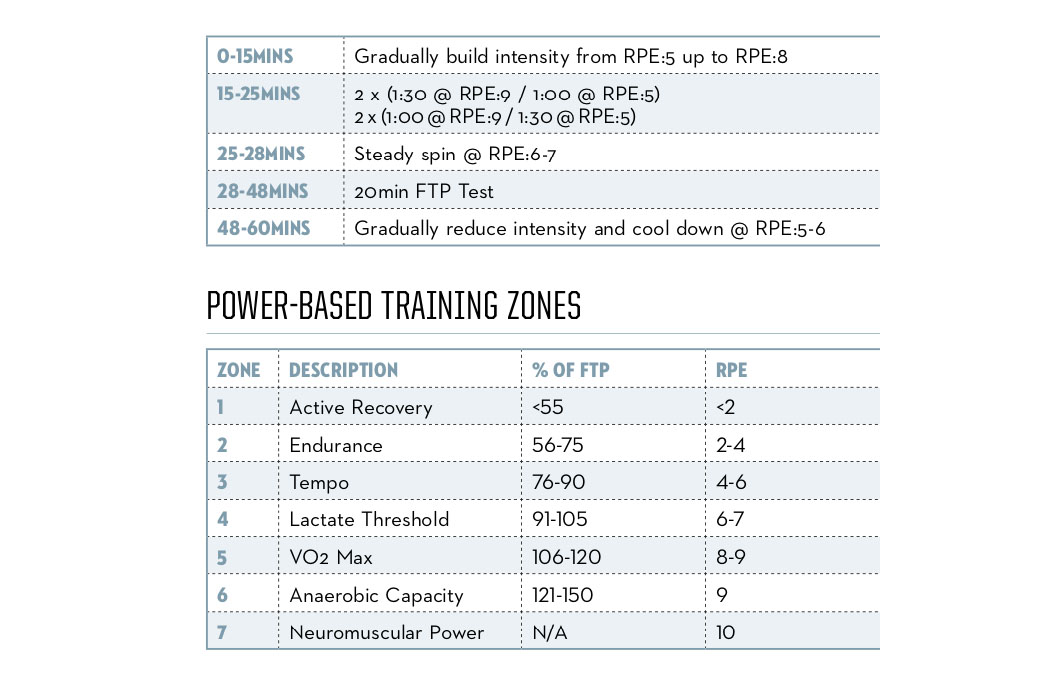Free 12-week power meter training plan
Want to train with power but don’t know where to start? Well hang on to your Lycra, as here's a 3-month power meter training plan from Dermott Hayes that’s guaranteed to transform your performance

It’s fair to say that triathletes love a bit of tech, especially cyclists! In recent years, without doubt, the biggest change in training and racing technology has been the emergence of power meters, which can fit on the pedal crank, the wheel hub, or on your pedals. But what is power and, more importantly, how do we use it?
- What’s the difference between cycling power meters and running power meters?
- How to use a bike power meter
- How can power meters help you perform better?
- Power meters: Do I really need one for triathlon?
In its most basic form a power meter will measure your true rate of work and tell you how many watts you’re producing, with the beauty being that there’s no cheating. A power meter will increase your accountability in every single bike session. In comparison to using heart rate as the indicator of work rate, a power meter will tell you exactly what you’ve achieved in that session, whereas heart rate can be affected by sleep levels, stress, illness and fatigue. Therefore power is far more reliable in the long term.
- Cycling power secrets: how to increase and understand it so you can apply it effectively
- Cycling speed versus wattage calculator: how much power do you need to reach your target speed?
- What’s the difference between average power and normalised power on the bike?
The 12-week training plan that follows will help you use power more regularly in your training; if you have access to a power meter on your road bike you can take the sessions outside as well. If training indoors, you should find that most bikes in a gym will be able to record and display power. In fact, using power on an indoor trainer is more reliable as there are no external environmental factors to get in the way.
When starting out, you’ll need to set new training zones by conducting a Functional Threshold Power test, or FTP. This is a 20min test that should be repeated approximately every 6-8 weeks to ensure you’re working to the correct numbers. In essence, your FTP figure is the highest power that you can maintain in a semi-steady state for 1hr of cycling without fatiguing. An explanation of how to conduct the test is in Table 1, below.
Once the test is completed you can work out your power zones, see Table 2 below, which also includes a Rate of Perceived Exertion figure for training and racing on feel.
This 12-week plan is by no means an in-depth assessment of power training, but for those looking to see what all the fuss is about it’s a great introduction into a new world of data. It takes time to move across to using power as the determining factor of work rate, so trying this now gives you time to make a few mistakes and not get bogged down with speed and performance
How to Complete an FTP Test
Record the average watts produced during the 20min test and then multiply by 0.95 to create your FTP figure.


More power workouts
- Cycling workout: Improve your strength and power
- Functional threshold power boosting (FTP) turbo training session
- Boost bike power
- Build bike strength and power training into your fitness regime
- Sub-1hr session: Boost bike power




